Hazard and protection of abnormal boost of gate valve
Here share a article from China high temperature high pressure gate valve supplier
1 Introduction
Gate valves usually have single gate, double gate, wedge, parallel and other structural designs. Among them, wedge double gate and wedge elastic gate are most widely used. When the former is closed, the gate automatically matches the valve seats on both sides and automatically compensates. The machining position error of wedge angle; the latter relies on the elastic groove in the middle of the gate and the axial thrust of the valve stem to compensate the machining position error of the wedge angle, both of which achieve better sealing effects. It is precisely because of the excellent sealing on both sides that the pressure in the middle cavity increases abnormally in some cases. That is, when the high temperature and high pressure fluid (liquid or gas) is blocked in the middle cavity of the valve, if the temperature of the upstream fluid increases In the middle cavity (see Figure 1), the fluid will be simultaneously increased by heat transfer. Because the diversion of the middle cavity cannot be expanded, when the fluid in the middle cavity is blocked from a cold state to a hot state, the liquid may rapidly vaporize, resulting in a sharp increase in pressure. The increasing pressure is often a geometric progression.
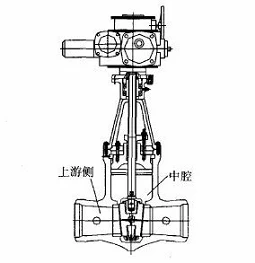
Figure 1 Abnormal boost in the lumen
The consequences of valve overpressure work are very serious. When the valve cavity is abnormally pressurized, the working stress of its pressure-bearing parts and the opening and closing parts (such as the use stress of the valve stem and the shutter frame) will increase sharply, and the driving force of the driving mechanism will be overwhelmed, or even unable to start. When the valve rod is broken, the brake frame is broken, and the motor is burned out, these phenomena are common in many high-pressure large-caliber gate valves. Many users often complain that this is the "bite" of the brake. In fact, the real cause of "bite" is often Abnormalities in the cavity boost this "invisible killer".
Typical case, when wedge double gate valve is applied to the water supply system and bypass of thermal power plant, this type of valve is usually closed in the cold state for hydraulic pressure test first. When the unit starts, the system temperature rises to 250 ~ 300 ℃ As the temperature rises sharply, the temperature of the cold water in the closed middle will rise sharply and vaporize simultaneously, increasing the fluid volume and increasing the pressure. At this time, to open the valve, either the driving torque is large enough, or the strength of the valve stem assembly is high enough. Otherwise, the valve stem breaks, the gate frame breaks, and the gate T-slot flowering and breakage often occur, making the feedwater pump unable to start, resulting in a serious shutdown and shutdown accident.
2 Harm of abnormal boost
The formation of abnormal boost will occur surprisingly similarly in many gate valve applications, because the two major elements of its occurrence are similar in many industrial systems, that is, the system medium changes from cold to hot after the system is turned on; the gate is cold. Off in hot state and on in hot state. Therefore, if no measures are taken on the system, the damage to the system caused by abnormal boost is almost unavoidable, and it has three hazards:
1) Damage to the valve itself
The strength of the valve housing, bonnet and stem parts is generally designed according to the nominal pressure of the valve. When the pressure is abnormally increased, the opening pressure will be doubled, which will cause the use stress of the related parts to be doubled. When the allowable stress is exceeded, the high stress parts will be broken and damaged, which will cause the valve to fail to open, and the valve will be damaged or scrapped.
2) Destruction of system security
Obviously, the pressure-receiving parts such as the housing and the valve cover are very dangerous when they are overpressured. Once the pressure is exceeded, the weak parts may be perforated first, causing the medium to leak out. The packing and self-sealing parts are often washed out by high pressure fluid , Causing a large amount of media leakage. When the medium is high-temperature gas, toxic gas, or harmful gas, it will be more serious, and even cause injuries to equipment and personnel.
3) Huge losses to production control processes
The normal opening and closing of valves is the key to the control of various industrial processes. Once this control cannot be achieved, the system must be shut down for maintenance when it is paralyzed, which will cause huge direct or indirect losses.
3.Protective measures
Starting from the aspects of design, installation, commissioning, etc., it is completely possible to fundamentally eliminate the abnormal pressure increase in the cavity. Three commonly used solutions are summarized for the reference of users:
1) Pressure relief hole is set inside the valve
The fundamental solution to the abnormal pressure increase in the middle cavity is to balance the pressure in the middle cavity. Opening the pressure relief hole is the most cost-effective solution. When the cavity pressure rises, the pressure in the middle cavity is automatically released to the upstream side, and the pressure in the middle cavity is always equal to the pressure on the upstream side, so as to avoid abnormal pressure increase.
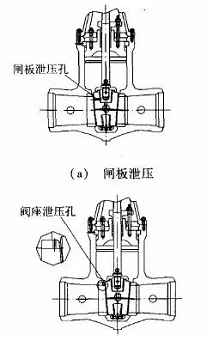
Figure 2 Pressure relief hole inside the valve
2) Valve bypass external pressure relief
For valves that have been delivered from the factory, external bypass and external pressure relief valves can be used to reduce the pressure in the middle cavity, as shown in Figure 3.
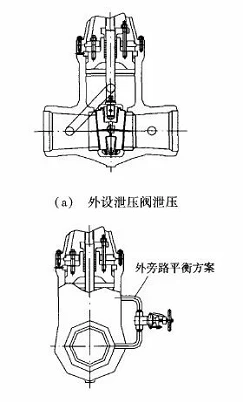
A bypass with a shut-off valve is used to connect the middle cavity and the upstream side. When the main gate is closed, the shut-off valve can be closed (depending on the temperature change of the middle cavity, it must be opened). When opening the main gate valve, the bypass stop valve should be opened first, and the main gate valve should be started after reducing the pressure in the middle cavity.
3) Install a special pressure relief valve outside the valve
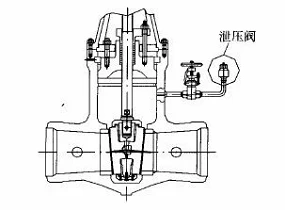
Figure 4 Special pressure relief valve for valve installation
Figure 4 shows the control pressure range of the external pressure relief valve in the cavity of the gate valve. The discharge pressure of the pressure relief valve is set as the rated working pressure of the valve. When the middle cavity is overpressured, it is automatically discharged to the set pressure to maintain the main valve. Gate valve for safe operation. For any installation question client can contact with your China high pressure gate valve factory.
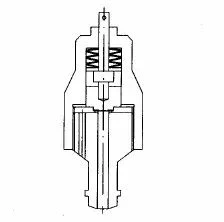
Figure 5 Structural design of pressure relief valve
Figure 5 shows the structural design of the pressure relief valve (for reference). A stop valve is installed in front of the pressure relief valve to facilitate the adjustment and maintenance of the pressure relief valve. The pressure setting of the pressure relief valve can usually be considered as 1.33PN (PN is the nominal stress of the system valve).
Figure 5 shows the structural design of the pressure relief valve (for reference). A stop valve is installed in front of the pressure relief valve to facilitate the adjustment and maintenance of the pressure relief valve. The pressure setting of the pressure relief valve can usually be considered as 1.33PN (PN is the nominal stress of the system valve).
In addition, when adjusting the valve, especially when adjusting the electric valve, attention should be paid to the closing stroke and torque control, and the closing torque should be adjusted as small as possible to prevent wedging of the gate; high temperature valves should consider the high temperature valve stem thermal expansion It is suggested that when the gate is wedged, it is recommended that when the high-temperature and high-pressure large-caliber gate valve is commissioned, the valve stem be properly retracted after the gate is in place to avoid the actual biting accident.
4 Conclusion
Abnormal overpressure is an invisible killer of double-seat gate valves, which seriously threatens the safe operation of equipment and systems, and must be paid attention to. Gate valves, especially high temperature, high pressure, and large-diameter gate valves must be designed and installed to take into account the occurrence of abnormal overpressure. Take necessary precautions.
 +86 512 68781993
+86 512 68781993 


















